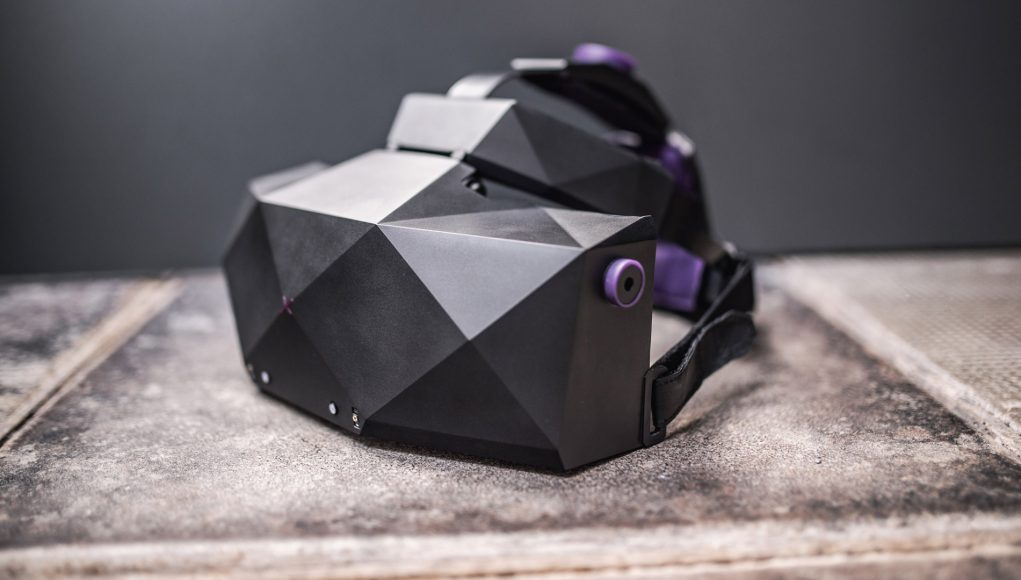This week at CES 2020, VRgineers, makers of the enterprise-focused XTAL headset, plan to debut the latest version of their ultrawide FOV headset which will use a 4K display for each eye, which the company calls “8K,” and bring improved lenses and a video passthrough add-on.
VRgineers introduced their ultrawide XTAL headset two years ago and have been regularly tweaking it with improvements since then. The latest version of the headset, which the company says will debut this week at CES 2020, will bring “significantly better picture quality and readability.”
That’s thanks to new high resolution LCD displays which offer 4K resolution per-eye, which the company calls “8K.”
Quick note: We’re putting the “8K” in quotes because here it doesn’t refer to the same 8K that would come to mind for most of us when thinking of TVs or monitors. While the headset’s total horizontal resolution is claimed at 8K pixels, that’s split across each eye, meaning the effective resolution is 4K horizontally, and shorter vertically than you’d expect from an 8K TV resolution. We think this is confusing, so as with other headsets that use similar nomenclature, we put “8K” in quotes to help our readers understand that it’s being used differently than they might expect.
VRgineers says the new XTAL headset also has “improved lenses,” a pass-through video add-on for AR applications, and a version with a helmet-mount to attach the headset to helmets for simulator applications.

Aside from those changes, the latest XTAL appears to use the same hulking design and include the same features as earlier versions: a claimed 180 degree field of view, eye-tracking with automatic IPD adjustment, SteamVR Tracking, and Ultraleap hand-tracking. Ostensibly the newest version of the headset will be priced at the same €6,190 as the prior version, but we’re awaiting confirmation.
Alongside the news of their upgraded XTAL headset, VRgineers also says a software update planned for late Q1 will benefit the new and existing XTAL headsets with a “new warping algorithm with precise depth and size perception,” which will hopefully address the distortion issues we’ve seen consistently on XTAL headsets in the past.







